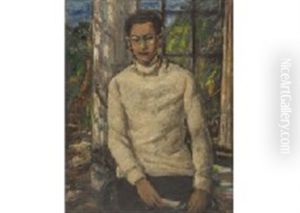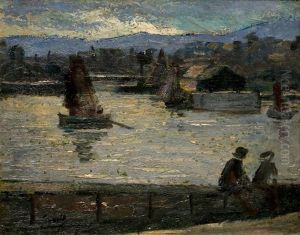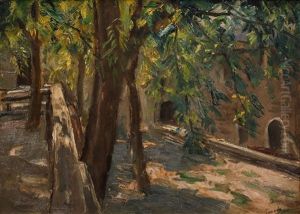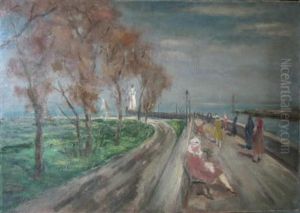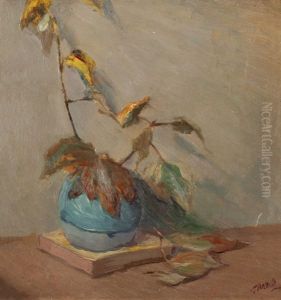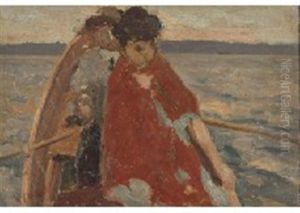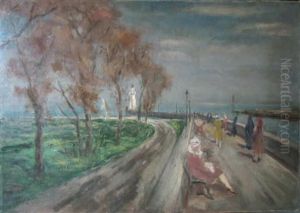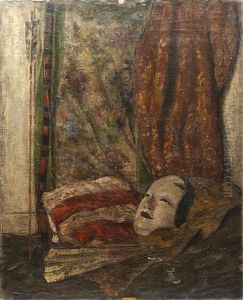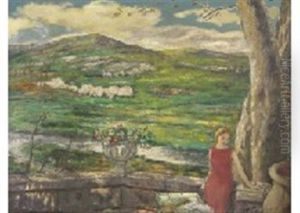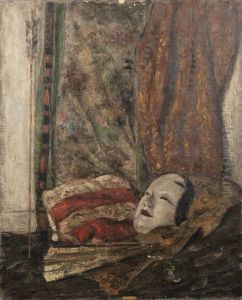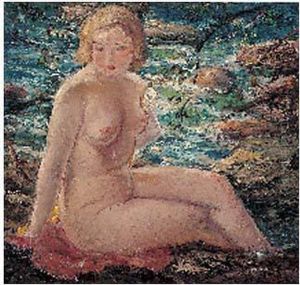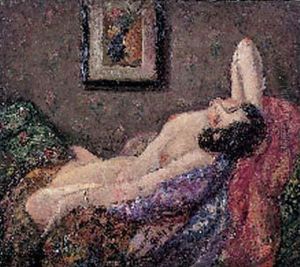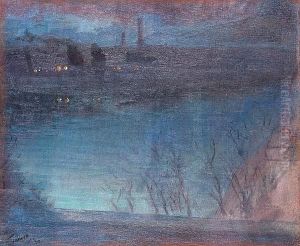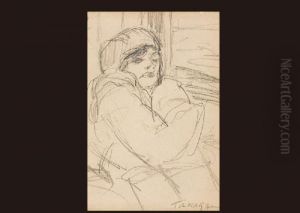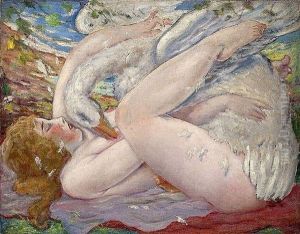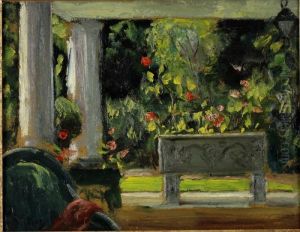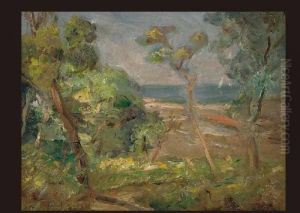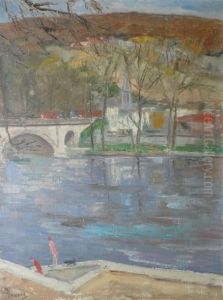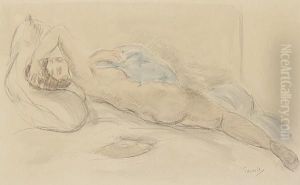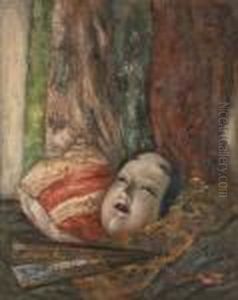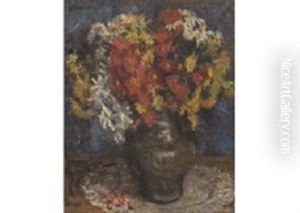Yasushi Tanaka Paintings
Yasushi Tanaka was a significant Japanese-born artist whose career blossomed in both Japan and the United States. Born in Okayama Prefecture, Japan, in 1886, Tanaka moved to the United States in the early 20th century, where he would eventually become a pivotal figure in the American and Japanese art scenes. His journey into the art world began at an early age in Japan, but it was his move to San Francisco, California, that marked the beginning of his professional career as an artist. In San Francisco, he became associated with the burgeoning bohemian community and further honed his artistic skills.
Tanaka's work is characterized by its blend of Western and Japanese art techniques and styles. This unique fusion made his work stand out in the early 20th-century art scene. He was particularly known for his landscapes and portraits, which often featured vibrant colors and a delicate sense of composition that reflected both his Japanese heritage and his exposure to Western art movements. Tanaka's ability to blend these different influences made his work highly sought after by collectors and galleries alike.
In addition to his painting, Tanaka played an instrumental role in fostering cultural exchanges between Japan and the United States. He was actively involved in the art communities in both countries, organizing exhibitions and promoting the works of other artists. His efforts were crucial in introducing Japanese art and aesthetics to the American public and vice versa.
Despite his success and influence, Tanaka's career was cut short by his untimely death in 1941. However, his legacy lives on through his artworks, which continue to be celebrated in both Japan and the United States. Yasushi Tanaka is remembered not only for his contributions to the art world but also for his role in bridging the cultural gap between Japan and the West during the early 20th century.

